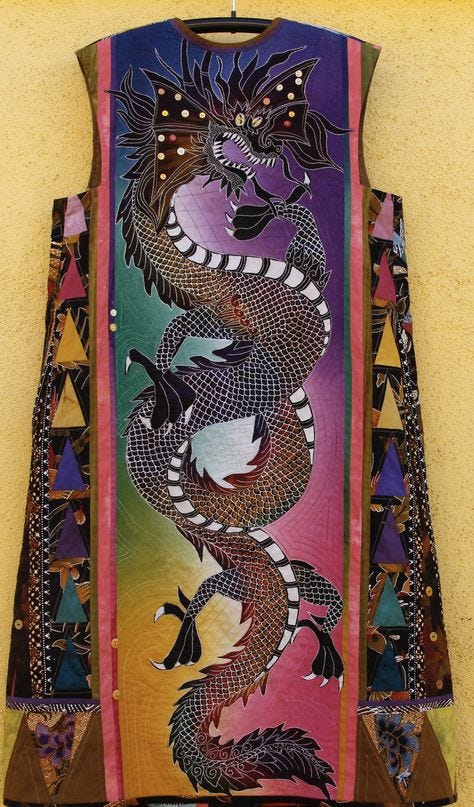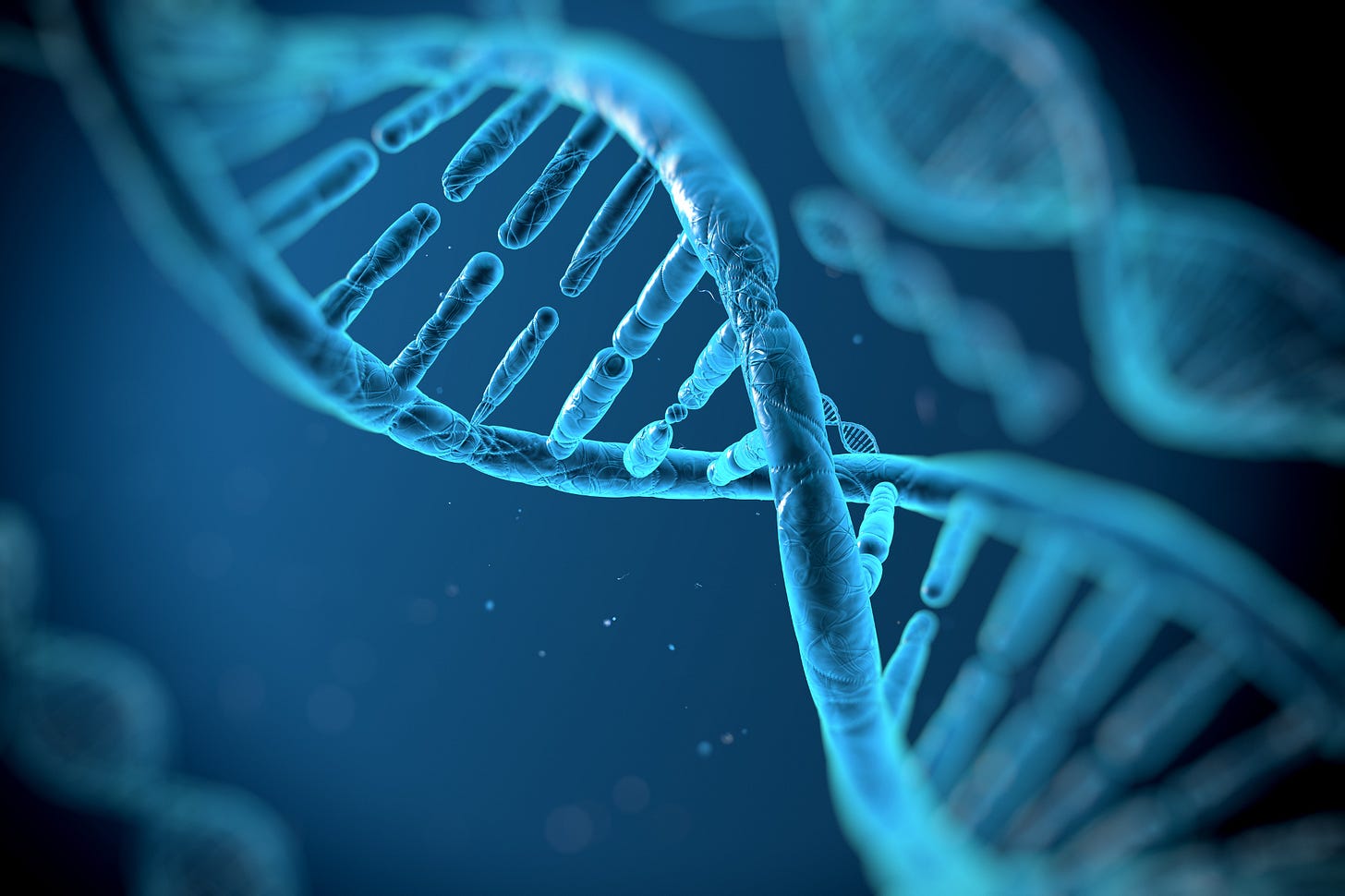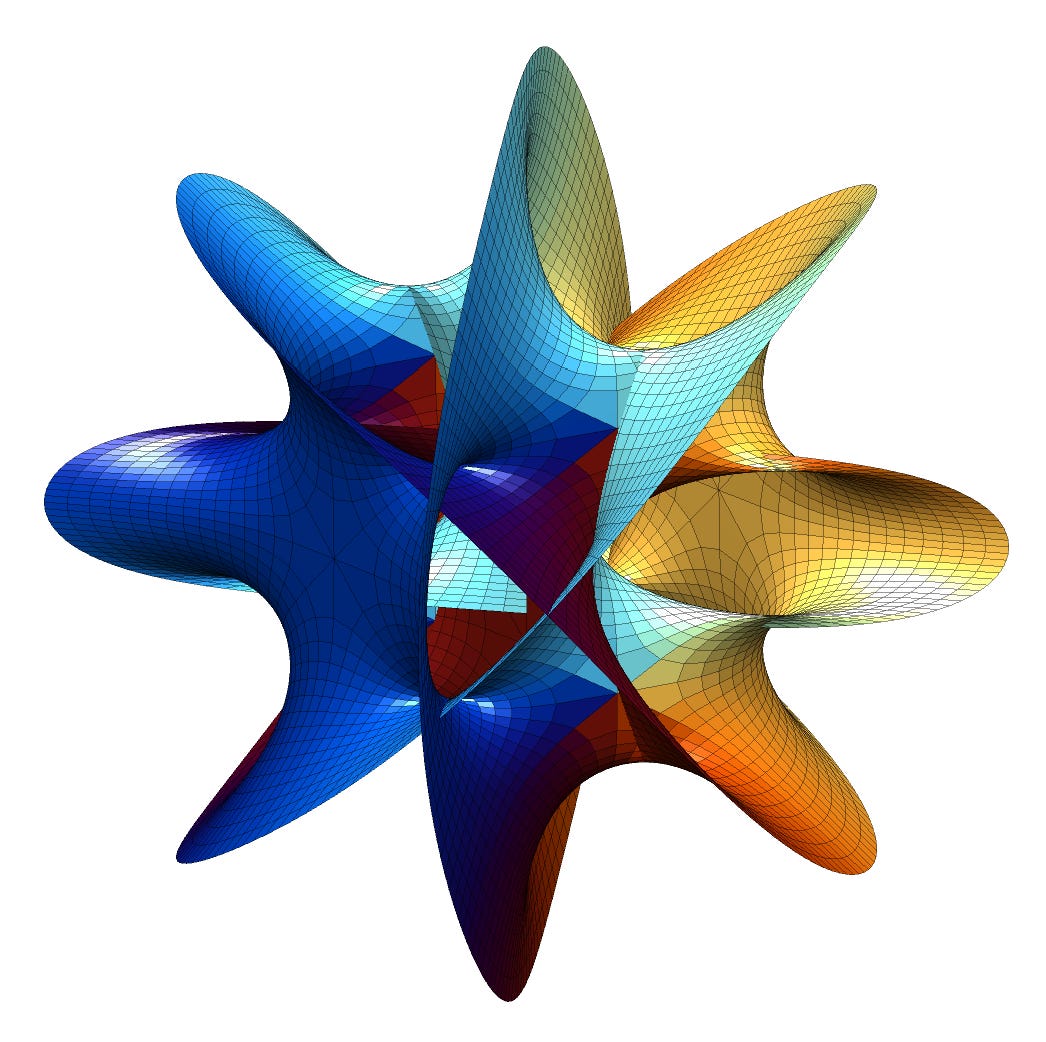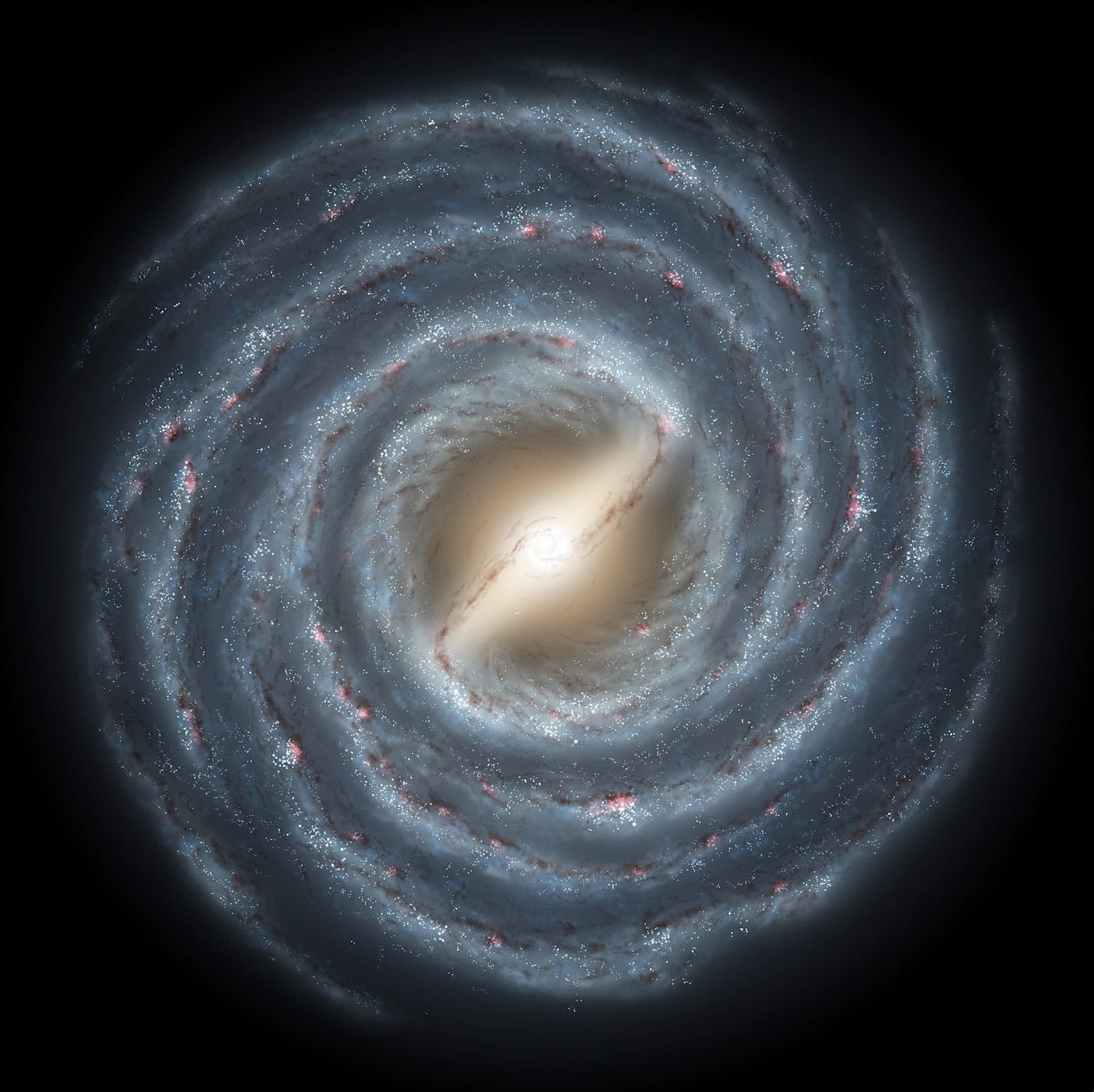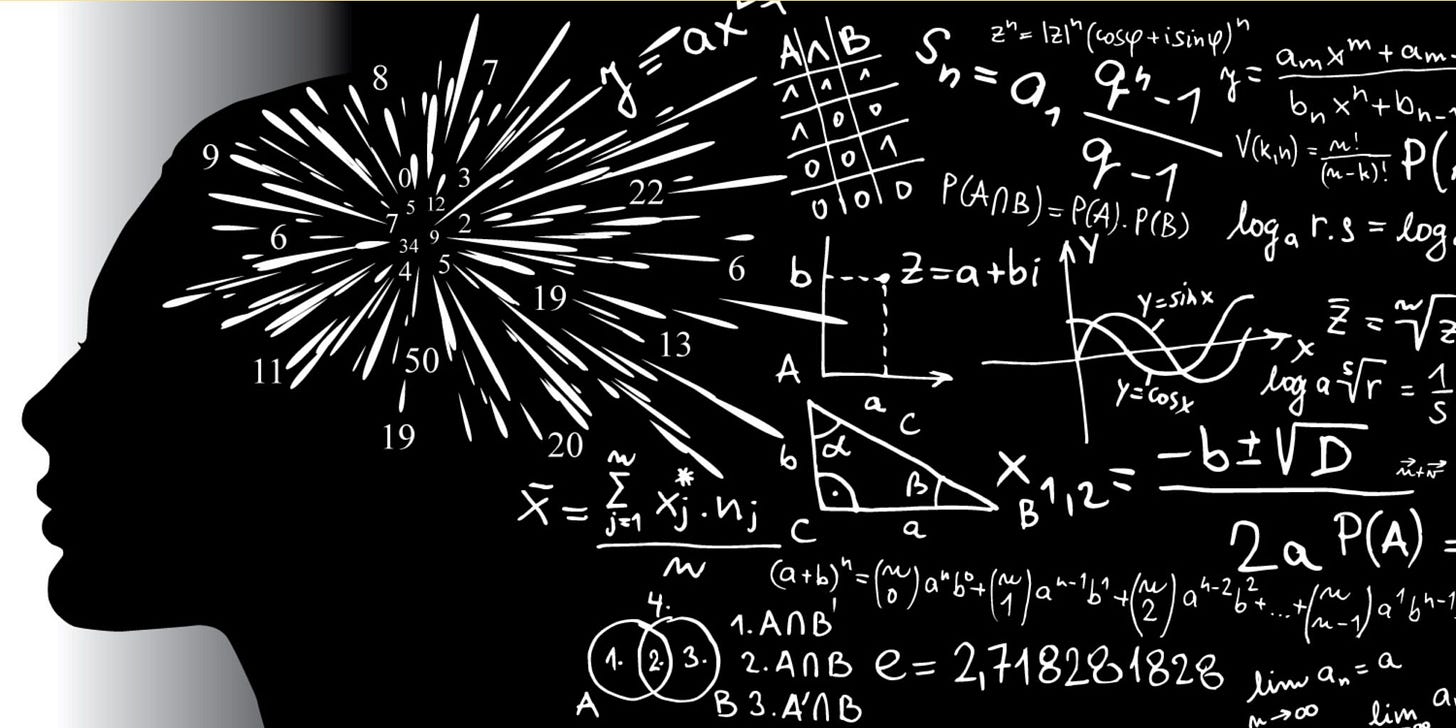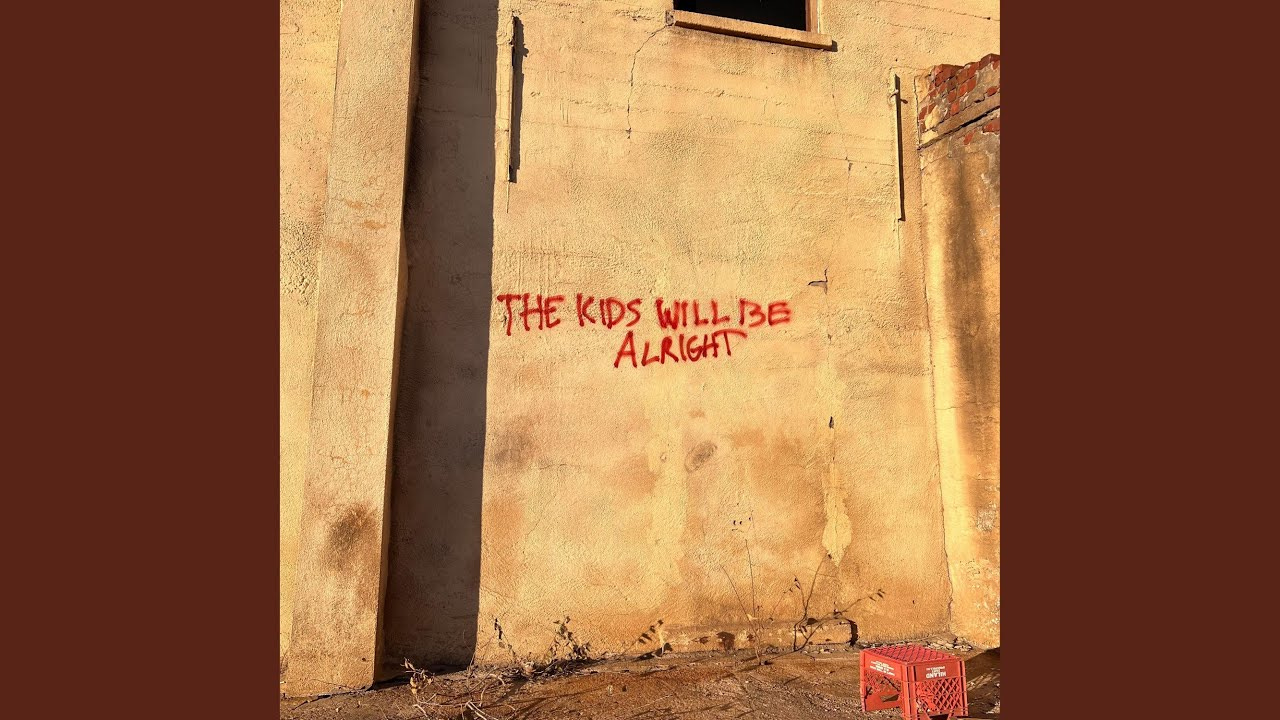The Replicant, the Mole & the Impostor, Part 10
Part 2—the conclusion—of a duology where a reality event held in a refugee camp on a Greek island unfolds in an utterly unexpected manner. There will be 50 parts. Chapter 7: February.

—In the Camp—
Dewi’s launching an AR learning app at 14.00 hours on a cold, windy, rainy day. Children who logged in too early—either because they were bored, too excited, or just didn’t want to miss a single second—see a star-filled universe with planet Earth dead center. On Gaia, cloud formations are clearly visible and outlines of the continents. Asia dominates the top left corner: all the way from the Bering Strait to the Suez Canal. The South Pole a small landmass at the bottom, Australia and New Zealand hovering above it. Right in the middle Zamrud Khatulistiwa, aka the Emerald of the Equator. As two o’clock approaches, the app zooms in on the tropical archipelago, flying through heavy thunderstorms, lush rainforests and beautiful islands. At exactly 1400 hours, a human form rises up from the equatorial extravaganza, growing until she dominates the view
She is a slender, nut-brown woman wearing sandals and a traditional batik dress with black, brown and white dessins. Komodo dragons dominate the dress, curling around each other in symmetrically complementing forms, like an Escher painting avant la lettre. Long, black wavy hair falls over her shoulders and a long, tripled necklace with orange, yellow, and white beads drapes down to her belly. It’s a woman we all know, paying homage to her heritage.
“Hi, I’m Dewi Kamadjojo,” Dewi says, “and three of my forebears came from Indonesia, the other from Suriname. They were immigrants, just like you, and because of them I live in The Netherlands.”
“I’m a professor at the University of Technology in Delft,” she continues, “and a lecturer at the University of Utrecht, currently on a sabbatical.”
“And in the replicant show,” one of the kids says, unable to keep still. “So cool.”
“I saw you yesterday,” another kid says, “helping our people with the wiring.”
“Your dress is the best,” yet another kid says. “I want one, too.”
“Hush,” Dewi says as her arms make a wide, circling, calming gesture. “I will answer your questions later.” Contrary to her calming words, her hands move through AR-space with blinding speed, conjuring a flock of drones stitching together an array of sarongs with differing dessins. “What was that?” She says mostly to herself.
“Anyway, I want to show you what lessons I have in store for you—if you are interested in following them. But first I have to show you something that is both the greatest divider and the greatest uniter.” She looks around, as if she can see the baffled looks on everybody’s faces, “It’s called ‘scale.’”
“Humanity—we, the people—are a wonderful and diverse species,” Dewi says. “We can be wrong, and we can be right. We can be strong, and we can be bright. And we can get along, clear-outa-sight. But we always operate at the same scale.”
“Now I see some of you thinking: but there are small ones and big ones of us,” Dewi says, as her flat hand goes down to indicate a baby, and goes up to indicate a giant. “But that’s just the scale for complex life on this planet: from bugs to blue whales, from worms to whale sharks. Reality goes beyond that, both bigger and smaller.”
“Reality encompasses us, from both sides,” Dewi explains. “It is both bigger than us and smaller than us, all the way from the Planck dimension up to the whole universe. Let’s take a look.”
Dewi holds up her index finger as her silhouette floats in outer space like a celestial goddess. Then the focus zooms in to the epidermis of her finger’s skin, to the cells of that epidermis—pausing to show the cell’s membrane and the cytoplasm containing proteins, nucleic acids, ribosomes, mitochondria, and the nucleus.
The scale-adaptable viewpoint remains at the cellular level for a few moments, swimming in the intracellular fluid—sometimes even bouncing against the enveloping membrane—surrounded by long strands of microfilaments, globular granules and lysosomes, egg-shaped mitochondria, a golgi apparatus that looks like a bunch of blood-red calzones floating together, and the even weirder looking—and sounding—endoplasmic reticulum that makes six rolls of chaotically unrolled purple and crimson wallpaper speckled with yellow ribosomes look good (the ghosts of Escher, Moebius, H.R. Giger, and Dalí agree). But then the visual zoom pierces the nucleus (also studded with yellow ribosomes) and the children can see it has to go through the nuclear envelope: two membranes, the inner and outer. Inside the envelope there is the nucleoplasm, which has nucleotides and enzymes dissolved into it, the nucleus, shaped—for lack of a better word—like a free-form splotch of purplish-blue snot, and twenty-three pairs of chromosomes, most shaped like malformed Xs, some like equally malformed, upside-down Ys. The image zooms in on a single chromosome to find that it’s actually one immensely long, tightly-wound string of DNA.
“DNA is a double helix of a phosphate-deoxyribose backbone with adenine/thymine and guanine/cytosine nucleotides,” Dewi says, “linked to each other by hydrogen bonds—that encode the genetic information of an individual. The atoms used in DNA are hydrogen, oxygen, nitrogen, carbon, and phosphorous, which consist of electrons orbiting the nucleus in electron clouds that can take all kinds of strange shapes and a nucleus consisting of protons and neutrons, each of which consist of up quarks, down quarks, and gluons holding them together.
“The electrons and up and down quarks are so-called elementary particles; that is, they do not have smaller constituents,” Dewi says, as she dances on the superposition of the orbit of a hydrogen atom—which changes shape from two ellipsoids to a single torus and back again—or ‘she hops on two eggs and a donut’ as the children have it.
“Nobody knows exactly what they look like: infinitely small points? Calabi-Yau Manifolds like origami membranes constantly folding in on themselves? Amplituhedronic Quantum Butterflies? Things so fuzzy they can only be envisioned as the probability space where they might be? All of the above? None of the above?”
For some, this might be too much, too soon. Yet Dewi hates to underestimate both the intelligence and the curiosity of her audience. So she persists with her intense presentation.
“We dipped into the smallest scale,” Dewi says. “Are you ready to go all the way to the largest scale?”
“Yes!” The majority of the watching children say, full of enthusiasm.
In AR-space, Dewi now walks in a tropical forest on the island of Sulawesi amidst a cacophony of squeaks, screeches, squeals, and other birdcalls. “Are there snakes in here?” Dewi says. “Or tigers? Or spiders? Well, that’s part of the ecology section of my biology lectures, which you’ll have to attend to find out. Now, we lift off from here—”
Dewi puts one fisted arm upwards and lifts up her left leg, and then takes off like a superhero without the outfit—unless batik dresses become the new hype. She rises from the rainforest and the viewpoint turns downward. At first its green, green, green as far as you can look—the whole island of Sulawesi seems to be one big jungle. But then clearings appear—what are they doing there: mining? Planting palm trees? Agriculture? As Dewi and her followers rise, it becomes clear that the jungle of Indonesia is far from pristine. Yet it still is beautiful.
They keep rising and the whole of Sulawesi comes into view: a huge island shaped like a thick π symbol with a squirrel’s tail. Then the rest of Indonesia—it truly is the emerald of the equator—comes into view: big fat Kalimantan, long slender Java, great Sumatra to the west, great Papua to the east, and thousands of smaller islands in between.
Up they go, and the rest of the Far East becomes visible: The Philippines to the north, the long Malaysia/Thailand/Myanmar peninsula attached to the old Indochina landmass to the northeast and the island continent of Australia to the southeast. Once they can see the whole globe, Asia dominates the northwest while the rest is mostly water—the huge Pacific Ocean and the merely large Indian Ocean.
The point of view enlarges as the Earth becomes smaller—an aquamarine volleyball, a little blue marble, a tiny cyan pearl—before a smaller, white-grey pearl comes into view: the Moon and its orbit around Earth. But quickly the planet and its satellite fade into small pinpricks of light as Mercury, Venus, Mars, the asteroid belt, Jupiter, Saturn, Uranus, and Neptune come into view. But they all pale in significance in comparison with the Sun—the very center of the solar system.
Yet, as the viewpoint recedes, even the Sun starts to become faint as the image moves beyond Pluto’s orbit into the Kuiper Belt, which encompasses the Heliopause that marks the boundary of the solar wind. Yet the gravitational influence of the Sun goes beyond that, as evidenced by its Oort Cloud—the disc-shaped inner Oort Cloud and the spherical outer Oort Cloud—as it keeps billions of comets swarming around it.
The outer reaches of the Oort Cloud reach three quarters of the distance to the nearest star: Alpha Centauri. Even further, other stars come into view, and the known constellations become—slowly yet inevitably—strangely deformed and eventually unrecognizable as we begin to realize we’re just somewhere in the arm of a spiral galaxy called the Milky Way.
“The Milky Way is not the only galaxy,” Dewi says. [A1] “Andromeda is its nearest neighbor, a stunning two-and-a-half million light years away. And there are more, like the Cigar Galaxy, the Pinwheel Galaxy, the Whirlpool Galaxy, the Sombrero Galaxy, and the Tadpole Galaxy, to name but a few. They’re all part of the Local Group, which consists of about fifty-one galaxies.
“Yet, on an even bigger scale, the Local Group is a part of a Supercluster. Our Local Supercluster—called the Virgo Supercluster—contains thousands upon thousands of galaxies. Other Superclusters nearby are the Fornax Cluster, the Hercules Cluster, and the Coma Cluster.
“We are almost at the biggest scale now: the size of the observable universe. But before we get there, you should realize that there are approximately ten million superclusters in our universe, containing about one to two trillion galaxies. Superclusters can even form galaxy filaments, like the Pisces-Cetus Supercluster Complex, which contains us. The biggest filament is known as the Great Attractor dominated by the Norma Cluster—so massive it affects the local expansion of the Universe.
“Here we are, at the biggest scale: the observable universe, which is expanding. What? Yes, you heard that right; the biggest thing known to humankind is getting bigger. To the best of our observational knowledge, the universe is getting larger, like an inflating balloon, and not even gradually, but faster and faster. Strange, isn’t it? Well, we live in an interesting cosmos. Let’s go back home.”
Now, the scale movie goes in full reverse overdrive: the universe becomes a collection of Supercluster filaments, that become Local Clusters and galaxies, that become solar systems and suns and planets—one of which is the Earth. Then—like a spacecraft descending, or like a cable car going down a space elevator—the image descends at the equatorial level until Dewi is visible again, but now superposed against her native land—the Indonesian archipelago.
“The Planck Length—the smallest size we think is possible—is thirty-five orders of magnitude smaller than we are,” Dewi says, “while the universe—the biggest thing we can see—is about eighteen orders of magnitude bigger than we are. So scale-wise, we’re about two thirds up.”
“Now that you’ve seen—and hopefully experienced—all the scales, I will try to explain how our scientific disciplines relate to those scales.”
“Physics goes from the smallest of the small—” Calabi-Yau shapes representing elementary particles spring into view, “—to the biggest of the big.” Superclusters are shown.
“It’s the one that goes across the scales,” Dewi says. “It determines gravitational and electromagnetic events at the largest scales—galaxy formations, supermassive black holes, gamma ray bursters and other extravagant mega-events, but also the nuclear fusion in suns (very large and very small go hand in hand here) and the subsequent radiation, and the orbits of planets and moons.”
“Yet physics is very, very weird at the smallest scale,” Dewi continues. “There are parts where either the momentum or position is fuzzy, parts that can have secret connections over immense distances, parts that can jump instantly from one place to another, and parts that can go through two slits at once. Confused? You won’t be if you follow my physics lectures.
“Basically, physics is like a schizophrenic disorder—there are two parts, each at the extreme end of the scale which refuse to unite. Yet they underlie everything else, they form the fabric of reality on which we all exist.
“Chemistry takes place mostly on the atomic scale. It tries to explain the bonds atoms form with each other through their orbitals—their electron clouds. Inorganic chemistry determines the behavior of minerals, alloys, crystals, solutions, and acids, to name but a few. It covers the silicon that powers your computers and smartphones, the oxidation processes that burn our fuels and the catalysts that clean the exhaust of our cars, and the fertilizers that intensify our agriculture, among many other things.
“Organic chemistry basically powers life. It studies organic compounds that contain carbon. Carbon has covalent bonds that hugely increase the diversity of organic compounds, and as such, their range of applications is enormous. They’re the basis of all earthly life and of commercial products like pharmaceuticals, petrochemicals, and agrochemicals, which make products like medicines, lubricants, solvents, plastic, fuels, and explosives.
“Biology goes from the molecular to the human scale. Biology describes life, both on the molecular scale—DNA, viruses, and bacteria, for example—and the largest human scale—ecosystems like rainforests, savannahs, coral reefs and whole planets like Gaia. Sometimes biology and chemistry overlap—physics and chemistry also have such an area—and that particular discipline is called biochemistry.
“Mathematics transcends scales, or is a sort of scale on its own,” Dewi says as she makes a complicated gesture that suggests she doesn’t know for sure, either. “Mathematics is weird, but often very useful. Basically, it’s a tool that made the following things possible: economies (no trade without counting what the goods are worth), engineering (calculations driving the design of buildings, roads, automobiles, ships and airplanes), and computers (the binary computing language is almost pure mathematics). It can also produce models that track the stock market, the weather, or—as we know but all too well—a pandemic.
“There is one other thing that physics, chemistry, biology and mathematics have in common: They’re complicated. You’re gonna hear me say ‘it’s complicated,’ quite a few times. Not because it’s an excuse or a cop-out, but because it’s true. So why is it complicated? Well, for the following reasons:
1. If it was easy, it would already have been done;
2. If it was easy, you wouldn’t need all this education;
3. If it was easy, it wouldn’t be fun;
4. If it was easy, we’d have solved all the problems in the world.”
“I’m not going to lie to you,” Dewi says, “science is not easy. It’s hard. Sometimes stupidly hard—if you can forgive my joke—but also very rewarding. Do some of you play football? Or any other team sport?”
A chorus of yesses.
“Because that’s what science is today: a team sport. To get to the next level of knowledge, we have to work together. Which is good, because there are still new areas to explore, new things to discover. Otherwise it would be boring, right?”
“And do you know that maths and physics often work together?” Dewi says. “And physics and chemistry, and chemistry and biology, and maths and chemistry, and math and biology. You see, there’s a lot of cooperation built in already, so I think we should mimic that.”
“Therefore, while initially you and your fellow students will be a class,” Dewi says, “the more you know, you’ll slowly become a team, and I will help you with that. It will be fun.”
“On Monday I will do physics,” Dewi says, “on Tuesday, chemistry; on Wednesday, biology; on Thursday, mathematics, and on Friday I will take open questions. If all goes well, then maybe in a few weeks we can set up practical tests and demonstrations in the playground. Does that sound good to you?”
“Yes,” the children say in unison. Much of Dewi’s presentation may have gone over their heads, but they’re curious, they want to know. Also, almost all of them will be very happy to go back to school. Or at least a semblance of school. Not just for the teaching and knowledge gathering but to meet other kids and socialize, even if it is online. And since the coronavirus years, and especially with the way augmented reality has been taking off recently—the hotbed right here in their camp—online socializing has greatly improved.
The kids just want to be alright.
Author’s note: It’s been quiet for a few weeks while I was in Mexico. Mild food poisoning, intermittent internet acces and a lot of eclipse stress—mostly involving accommodation problems—prevented me from posting. All will be explained in the upcoming Mexico Travel Blog.
However, posting might be limited due to me travelling to Canada for the day job, where I’m supposed to work 7 days a week for two weeks. Coming back on May 8, hoping to catch up with a lot of backlog. Many thanks for reading, and for your understanding!




